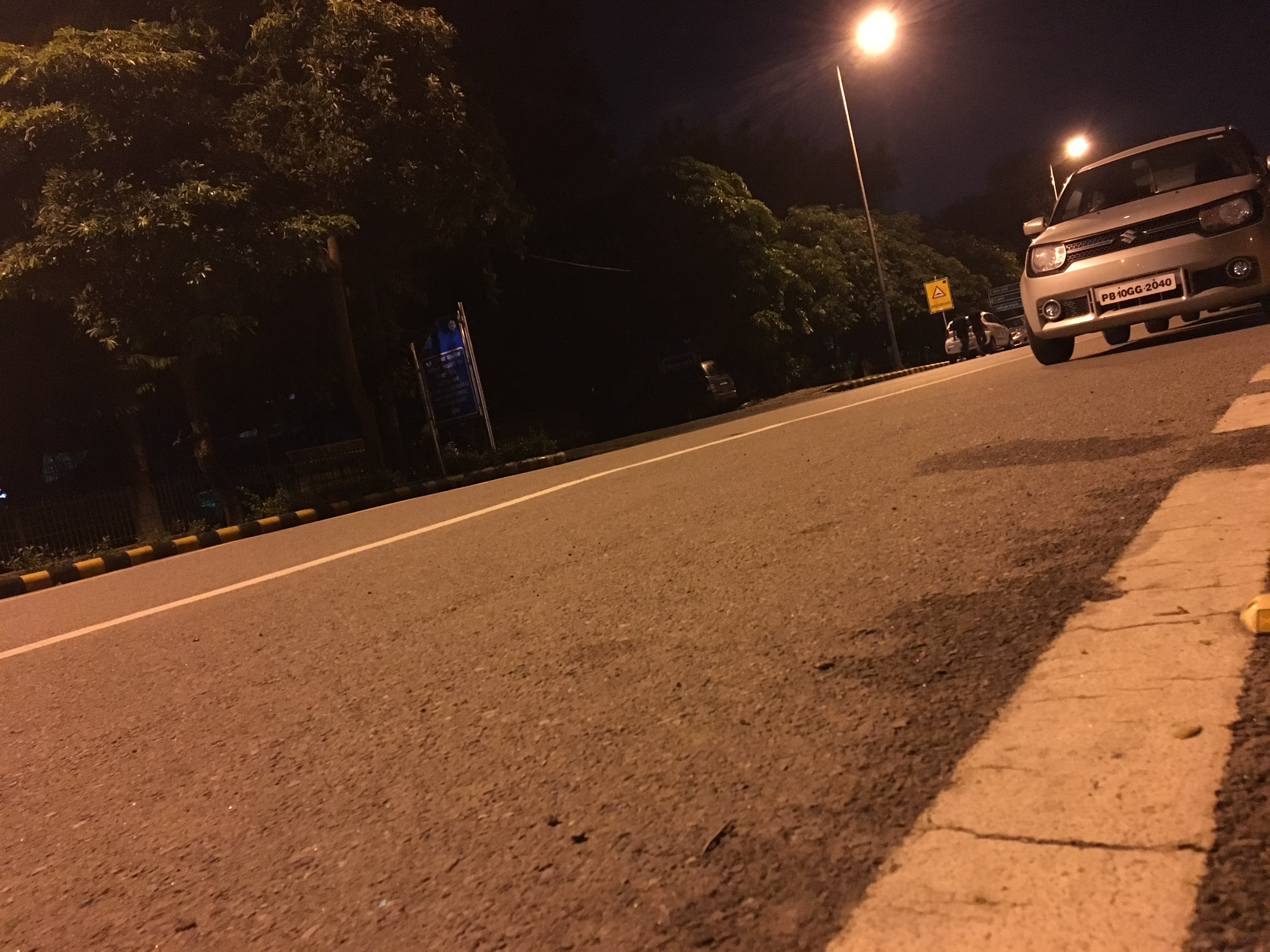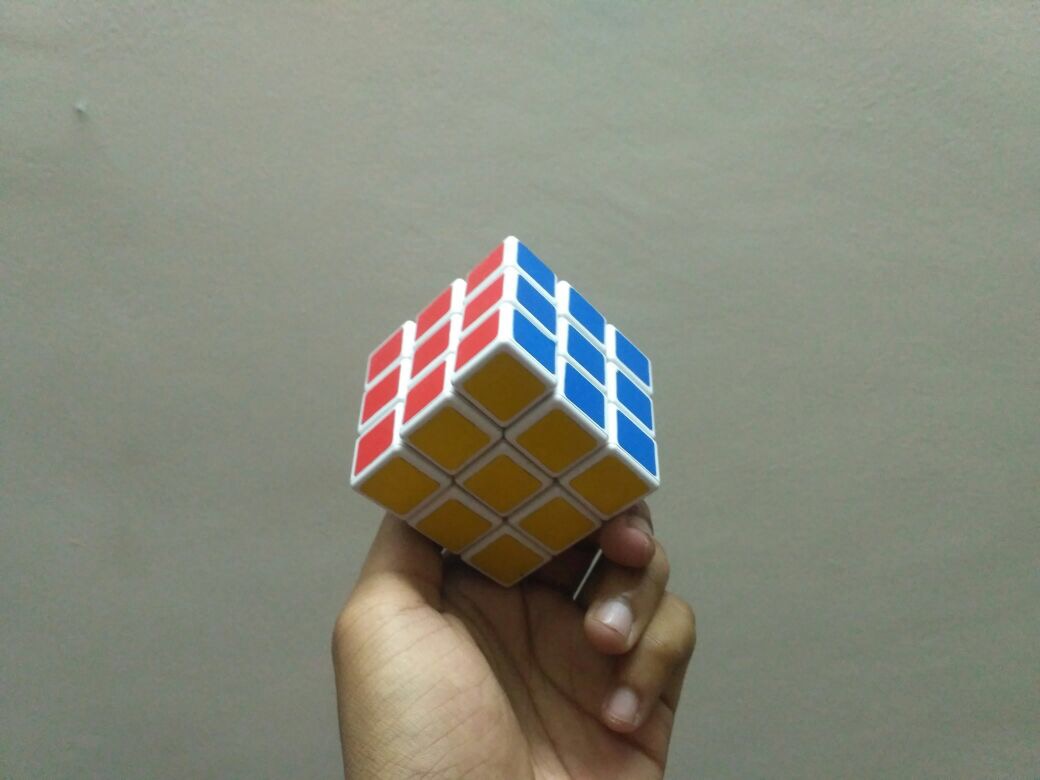The A1 Lite offers a powerful selfie camera and a beefy 4,000mAh battery
Gionee recently added a new variant under its A1 series named as the Gionee A1 Lite. It’s a budget variant of the A1, released earlier this year. Similar to its siblings, it’s packed with a 20-megapixel front camera, and also features a beefy 4,000mAh battery. Let’s check out how it performs and what are its pros / cons in our review.
Design and Build
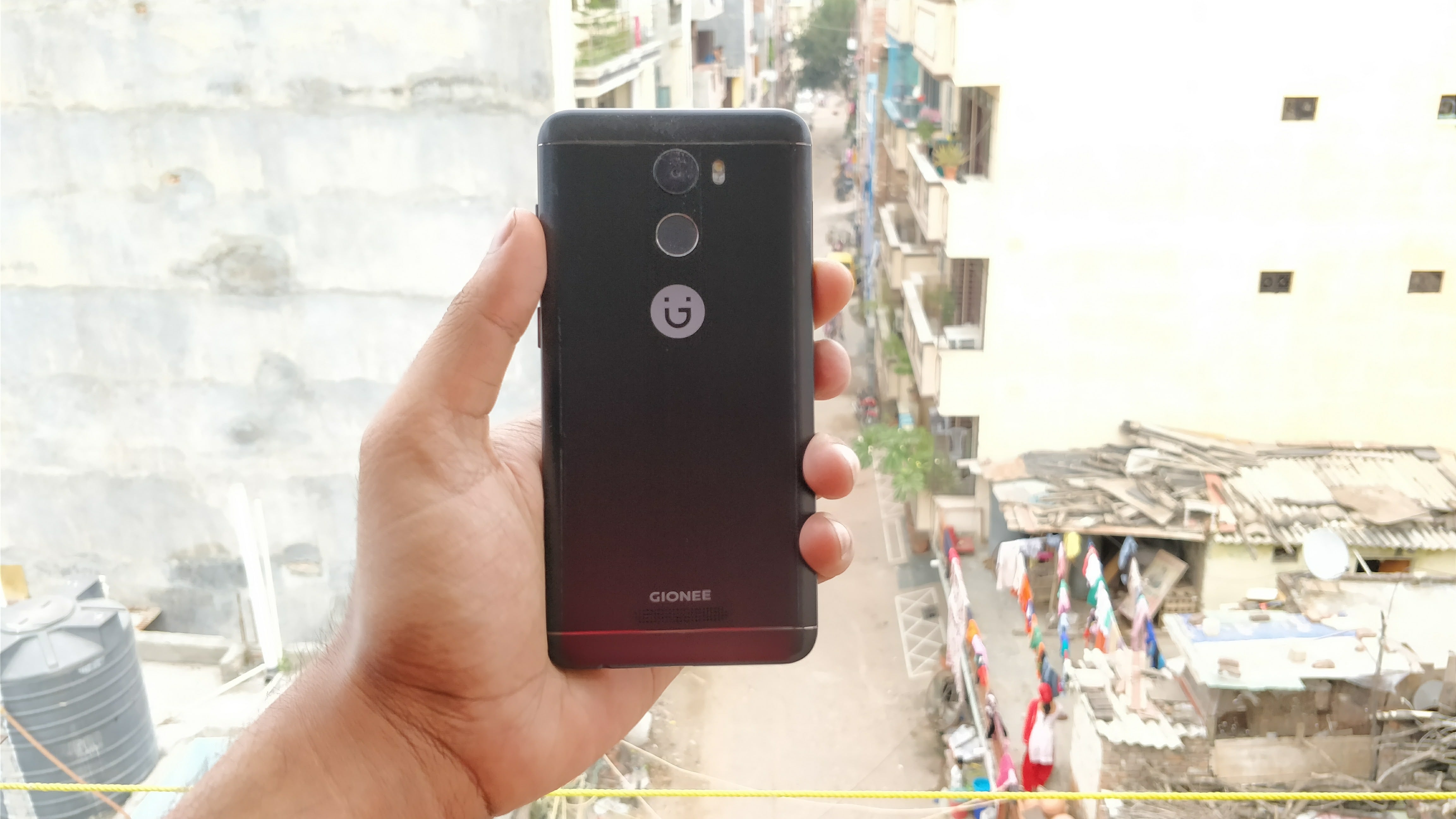 The design of the Gionee A1 Lite is almost same as the A1, with a metal frame and curved edges. However, I find that it has better ergonomics than its sibling. The phone seems lightweight and can be easily used with a single hand. The volume rocker keys are on the right, along with the power button. The 3.5mm audio jack is at the top, while the micro-USB port is at the bottom.
The design of the Gionee A1 Lite is almost same as the A1, with a metal frame and curved edges. However, I find that it has better ergonomics than its sibling. The phone seems lightweight and can be easily used with a single hand. The volume rocker keys are on the right, along with the power button. The 3.5mm audio jack is at the top, while the micro-USB port is at the bottom.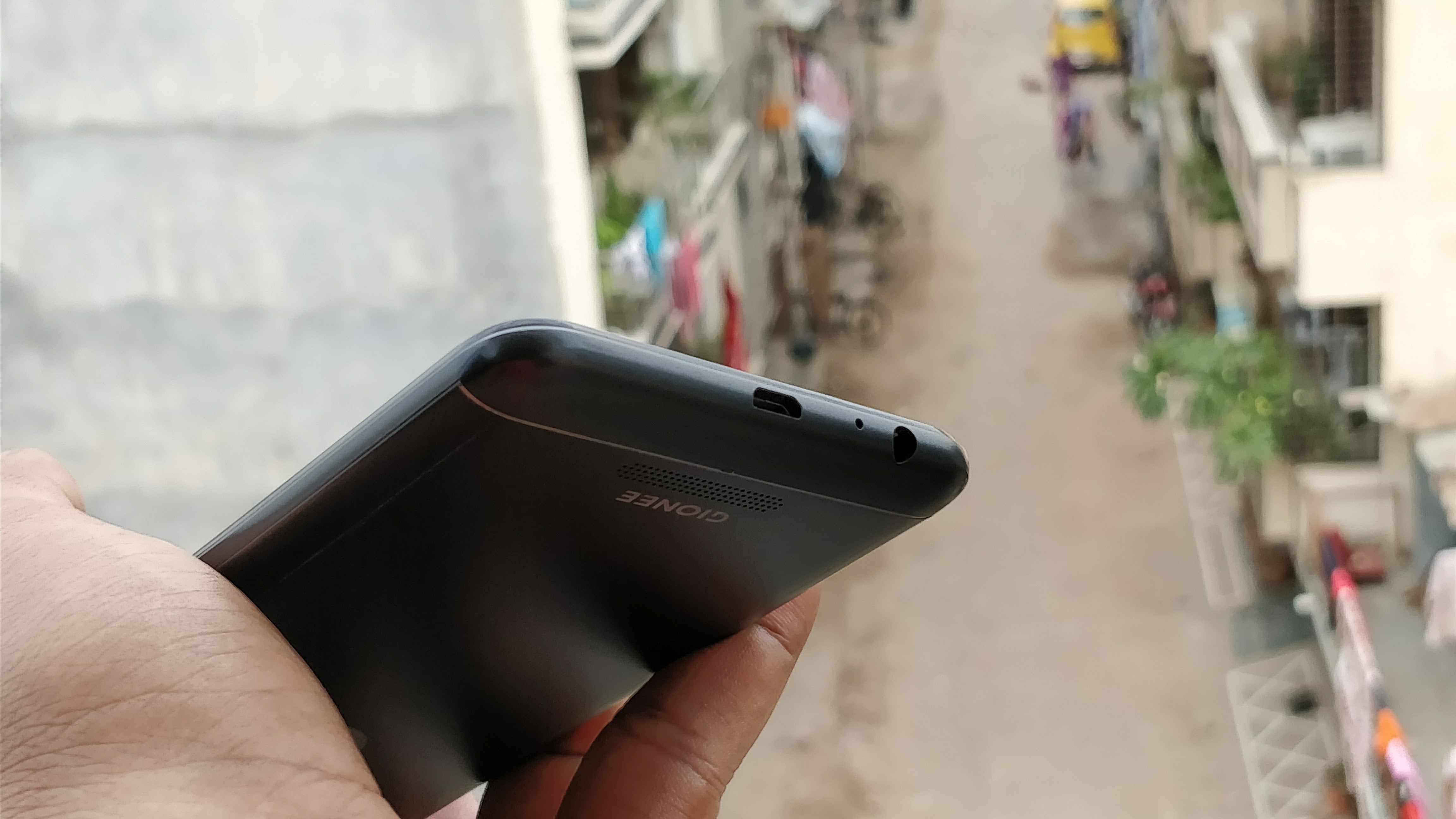
The rear panel has camera and flash at the top just below the antenna lines, followed by a fingerprint sensor and Gionee Logo at the centre. The speakers are at the lower but have good output. The front panel has camera and sensors on the top of the display panel. There are three capacitive backlit buttons just below the display. Overall the design is average but the built quality seems sturdy.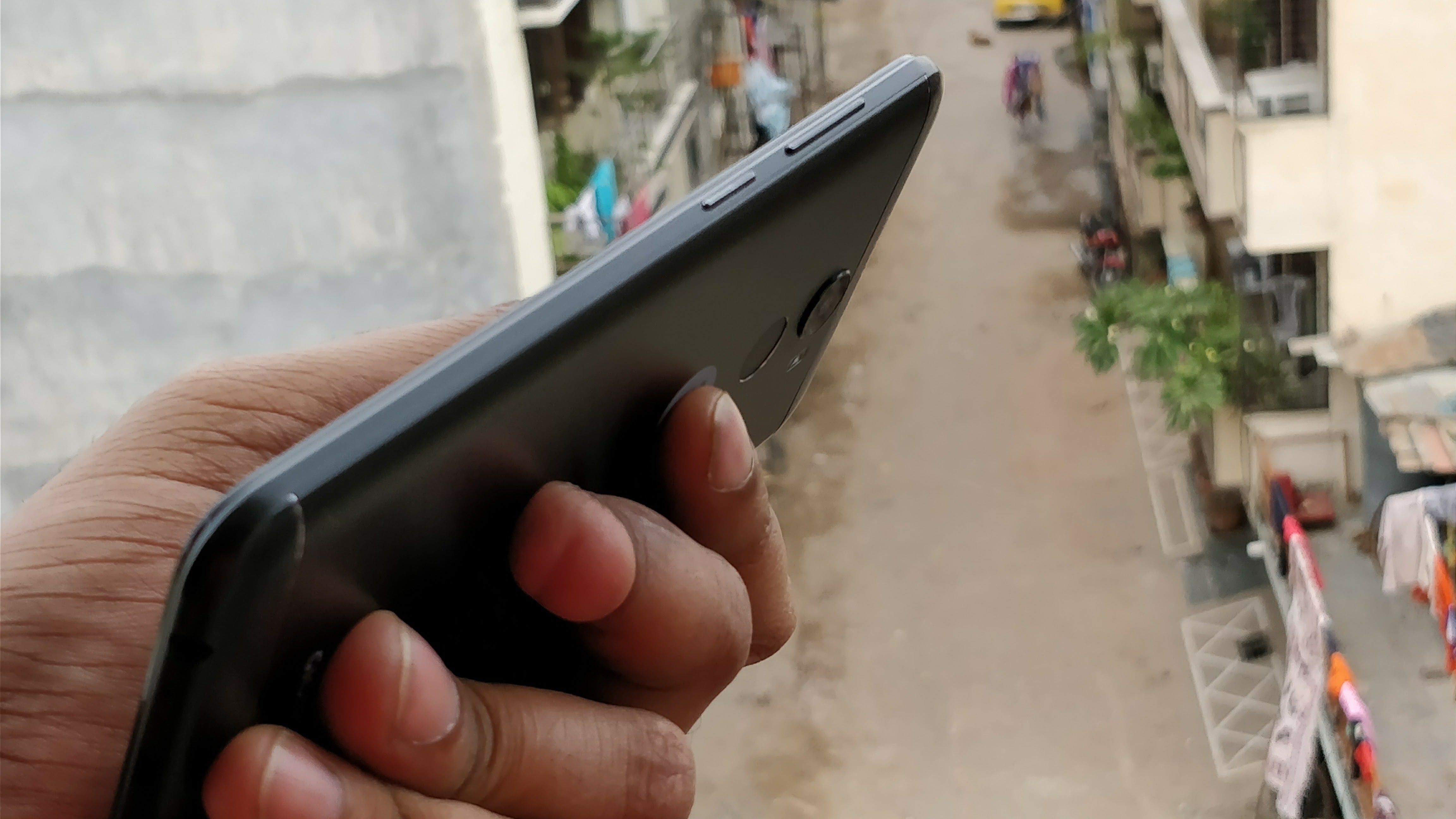
Display
 It has a 5.3-inch display with 720p resolution which is covered by a 2.5D curved glass and Corning Gorilla Glass 3 layer. The display is not very crisp and the contrast seems to be a bit fade. Users will need to keep the brightness to the maximum to enjoy the display. The sunlight readability and views from different angles are just decent.
It has a 5.3-inch display with 720p resolution which is covered by a 2.5D curved glass and Corning Gorilla Glass 3 layer. The display is not very crisp and the contrast seems to be a bit fade. Users will need to keep the brightness to the maximum to enjoy the display. The sunlight readability and views from different angles are just decent.
Specifications
The Gionee A1 Lite houses an octa-core MediaTek 6753 SoC coupled with 3GB of RAM. The processor is outdated to use in 2017. There is 32GB of internal storage which can be further expandable up to 128GB via SD card slot, without compromising on dual-SIM functionality since there are two micro-SIM card slots.
It runs on Android 7.0 Nougat out of the box with its own custom Amigo UI 4.0. The UI seems colourful and user-friendly, but it has lots of bloatware which irritates me a lot of times, as it constantly asks for the permissions.
Performance
As I said earlier, the Gionee A1 Lite lags a lot because of the outdated processor. The touch response is slow and even the apps take time to open up and close. The multitasking seems very difficult if you have more than 7-8 heavy apps running in the background.
The Gaming performance is only good for the basic games, the high-end games see consistent frame drops. Even if you’re playing smaller games like Subway Surfer for a long duration, it tends to get hot.
The fingerprint sensor works fine and has good response time. The audio and video quality of the device is acceptable but if the pixel density was a higher, it would have been better.
The benchmark performance of the device is good and acceptable. It scored 36830 in AnTuTu, and the Geekench score was 573 in single core and 2360 in multi-core performance.
Camera
It has 20MP selfie camera which is major plus point for this smartphone. It captures great selfies with great contrast and colours. Captured photos have a good amount of details, balanced tone and depth. The daylight performance is good, but the low-light performance seems a bit low than I expected. Even with the beauty mode, there’s noise present in the images.
The rear camera is of 13MP and it shoots great images. The images have warm colours and a good amount of details. The given camera app is good and offers a lot of modes to the users. Since, cameras are the USP of the Gionee A1 Lite, it performs well in this department.
Battery
The 4,000mAh of battery seems impressive and offers 8-9 hours of life with moderate usage. With light usage, it’ll easily offer more than a day’s worth of use. The battery is sustainable despite camera, internet, and playing a lot of games.
Overall
The Gionee A1 Lite is good with its impressive cameras and battery strength, but the performance is a letdown. If your interest lies in the battery life and great selfie camera, you can surely go for it. But if you need good performance also, you can go for the better options like the Lenovo ZUK Z2, Redmi Note 4 or Moto G5 Plus for a price tag of around Rs 15,000.

